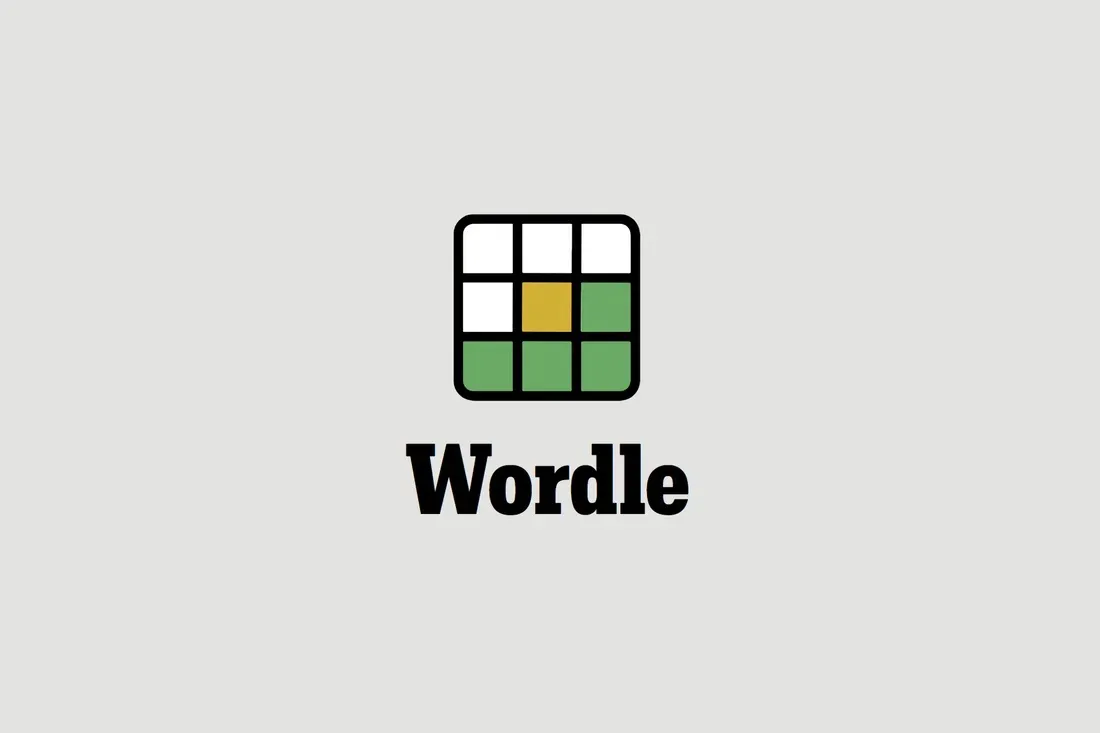If you’re protecting a streak or just want a nudge, start with the spoiler‑free hints below. When you’re ready to check your work, the full solution for Wordle puzzle #1607 (November 12, 2025) is further down. Want to play first? Open Wordle on the official New York Times page at nytimes.com/games/wordle.
Wordle #1607 hints (no spoilers)
- The word starts with D and ends with E.
- There are three vowels. One letter is repeated.
- It’s a noun (and can be used as a verb in sport).
- Meanings include the two on dice or playing cards, and a tennis score at 40–40.
- You’ll see a less common vowel pair in the middle.
Today’s Wordle #1607 answer
DEUCE
Why this one can trip you up
“DEUCE” packs three vowels into five letters and repeats E, a pattern that can stall progress if your openers lean on consonant coverage. The central EU cluster also appears less frequently in everyday five‑letter words, so it’s easy to steer past even with a good start.
A simple path to the solve
One safe approach is to confirm common vowels early, then place the consonants:
- Opener: SLATE — locks in the final E for many players.
- Follow with a D/U probe: DRUPE — tests D, U, and repeats E without breaking hard‑mode rules.
- Finish: DEUCE — once D and U click, the central EU becomes clear.
Tip: when you’ve confirmed E at the end and uncovered U somewhere inside, prioritize candidates with a repeated E before burning guesses on consonant clusters.
What “deuce” means
- Tennis: a tie at 40–40 that requires two consecutive points to win the game.
- Cards/dice: the face value of two.
- Exclamation: an old‑fashioned usage akin to “the devil,” as in “what the deuce.”
Recent Wordle answers (Nov 2–12, 2025)
| Date (2025) | Puzzle # | Answer |
|---|---|---|
| Nov 12 | 1607 | DEUCE |
| Nov 11 | 1606 | GIZMO |
| Nov 10 | 1605 | TABBY |
| Nov 9 | 1604 | FUGUE |
| Nov 8 | 1603 | ARISE |
| Nov 7 | 1602 | PERIL |
| Nov 6 | 1601 | GUISE |
| Nov 5 | 1600 | SHORT |
| Nov 4 | 1599 | VENUE |
| Nov 3 | 1598 | AWOKE |
| Nov 2 | 1597 | RABID |
How to read your feedback efficiently
- Green means a correct letter in the correct spot — lock it in for every subsequent guess.
- Yellow means the letter is in the word but in a different position — move it, but don’t drop it.
- Gray means the letter isn’t in the word — avoid it unless you’re testing for a potential duplicate of another letter.
For vowel‑heavy solutions like today’s, consider an opener that covers A/E/I/O/U and a common consonant, then pivot quickly to repeat testing when you see a single E turn green.
Check back tomorrow for fresh hints — or try hard mode to make every green and yellow count toward your next solve.

